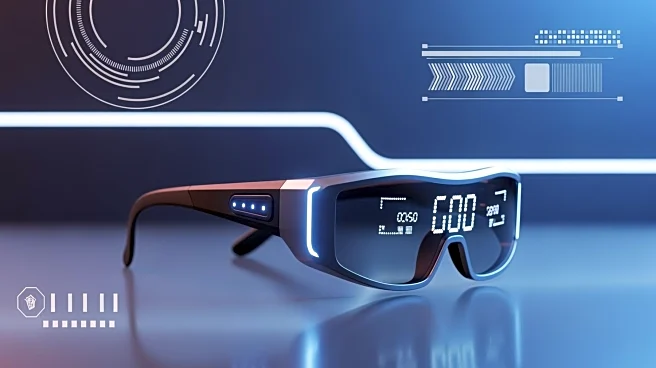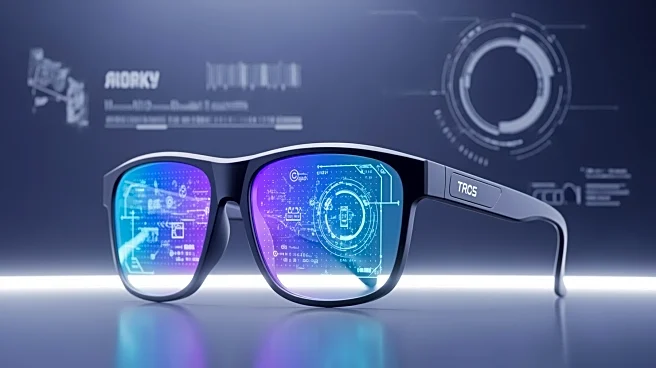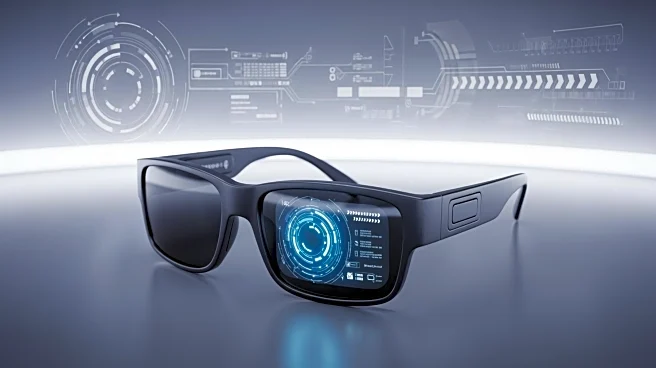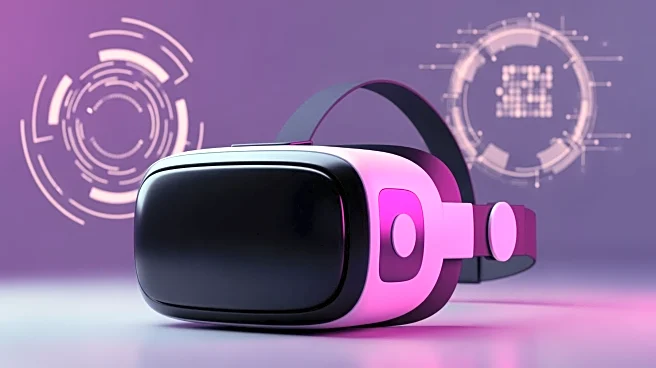What's Happening?
Meta has unveiled the Ray-Ban Display glasses, priced at $799, featuring a built-in 12MP camera and wristband control. The glasses offer a 6-hour battery life, extendable to 30 hours with a charging case.
The launch marks a shift from prototype demos to mass retail availability, with the glasses set to hit major US retailers on September 30, 2025. The Ray-Ban Gen-2 model starts at $379, offering an 8-hour battery life. The Oakley Meta Vanguard targets athletes with a 9-hour battery and Garmin/Strava integration. The rollout is expected to influence consumer choices between utility and price, with early adopters likely valuing hands-free navigation and creator tools.
Why It's Important?
The introduction of Meta's Ray-Ban Display glasses represents a significant development in the wearable tech market, potentially reshaping consumer expectations and driving mainstream adoption. The glasses' retail availability at major chains like Best Buy and LensCrafters could accelerate trials and broaden appeal. However, the $799 price point may deter some buyers, prompting them to wait for cheaper alternatives with longer battery life. The launch also raises privacy concerns due to the always-on cameras, which could lead to regulatory debates and influence public policy on wearable technology.
What's Next?
As the Ray-Ban Display glasses become available, consumer reactions and adoption rates will be closely watched. Analysts are monitoring preorder velocity, accessory uptake, and third-party integrations to gauge market interest. The integration with fitness platforms like Garmin and Strava could expand the glasses' appeal to athletic users. Regulatory discussions may intensify as wearable cameras enter public spaces, potentially leading to stricter policies. Developers will have the opportunity to test real-world applications and expand the user base through retail distribution.
Beyond the Headlines
The ethical and privacy implications of wearable cameras are likely to become more prominent as these devices gain popularity. Companies will need to address these concerns to maintain consumer trust and comply with regulations. The cultural impact of wearable technology, as it becomes integrated into daily life, could lead to changes in social interactions and norms, influencing how people engage with technology and each other.











